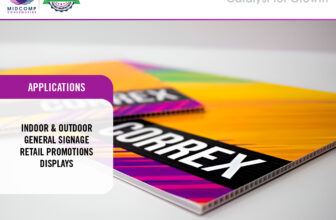
At PearlQuest, we’ve been fascinated by the evolving landscape of immersive technologies. As a content writer deeply embedded in the tech space, I’ve had the privilege of witnessing firsthand how these technologies are reshaping the marketing and advertising landscape. While we’re still in the early stages of exploring these platforms for our clients, the potential they hold for transforming brand experiences keeps us incredibly motivated.
Understanding the Core Differences

Virtual Reality (VR) and Mixed Reality (MR) represent two distinct approaches to immersive experiences. VR creates a completely digital environment that replaces the real world, while MR blends digital elements with our physical surroundings. At PearlQuest, we’re particularly excited about the prospects of integrating both technologies into our future marketing solutions.
Virtual Reality: Complete Immersion
VR technology offers:
- Full immersion in computer-generated environments
- 360-degree visual experiences
- Interactive capabilities through specialized controllers
- Potential for deeply engaging brand storytelling
Mixed Reality: The Best of Both Worlds
MR brings unique advantages:
- Seamless integration of digital content with physical spaces
- Real-time interaction between virtual and real objects
- Enhanced spatial awareness
- Practical applications in various business contexts
Making the Right Choice for Your Business

The decision between VR and MR depends largely on your specific needs and objectives. Here’s what we at PearlQuest consider when evaluating these technologies for potential future implementations:
Use Case Considerations
Virtual Reality Best Fits:
- Immersive product demonstrations
- Virtual showrooms and exhibitions
- Training simulations
- Gaming and entertainment experiences
Mixed Reality Excels In:
- Real-time product visualization
- Interactive retail experiences
- Remote collaboration
- On-site training and support
Investment and Implementation

While we’re still in the planning phase at PearlQuest, our research indicates that the investment considerations for both technologies differ significantly:
Virtual Reality Implementation
- Higher initial hardware costs
- Dedicated space requirements
- More intensive content development
- Potentially longer learning curve
Mixed Reality Setup
- More flexible space requirements
- Often lower initial investment
- Easier integration with existing systems
- More intuitive user experience
Future Prospects and Industry Trends

The immersive technology landscape continues to evolve rapidly. At PearlQuest, we’re thrilled by the potential of both VR and MR to revolutionize marketing and customer experiences. Industry projections suggest substantial growth in both sectors, with the global XR market expected to reach $92.1 billion by 2027.
Conclusion
Whether VR or MR is right for your business depends on various factors including your objectives, budget, and target audience. While we at PearlQuest are still exploring these technologies, we’re excited about their potential to transform how brands connect with their audiences. The key is to align the chosen technology with your specific business goals and user needs.
Learn more about our game development services and how we’re preparing to integrate these immersive technologies into our offerings.







